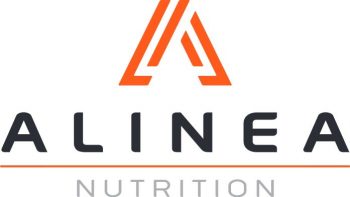*Geek Box: Diabetes Definitions
There are a number of markers used in the assessment of blood glucose regulation. The following table sets out the various blood glucose ranges used in the UK, note that these ranges may differ slightly in other countries. The table has the ranges for each stage of glucose tolerance [left hand column], for both fasting glucose levels [middle column] and the 2hr postprandial glucose response to an oral glucose tolerance test [right hand column].
| Glucose Tolerance State | Fasting Plasma Glucose | 2hr Plasma Glucose (OGTT) |
| Normoglycaemic | 4.0–5.4mmol/L [72–99mg/dL] | Up to 7.8mmol/L (140mg/dL) |
| Impaired Fasting Glucose [IFG] | 5.5–6.9mmol/L [100-125mg/dL] | 7.8–11.0mmol/L [140–199mg/dL] |
| Impaired Glucose Tolerance [IGT] | <7.0mmol/L [<126mg/dL] | 7.8–11.0mmol/L [140–199mg/dL] |
| Combined IFG/IGT | 5.5–6.9mmol/L [100-125mg/dL] | 7.8–11.0mmol/L [140–199mg/dL] |
| Type 2 Diabetes [T2D] | >7.0 mmol/L [>126mg/dL] |
>11.1 mmol/L [200mg/dL] |
The levels for IFG and IGT are considered to be ‘pre-diabetes’. There is also glycated haemoglobin A1c [HbA1c], a marker for when red blood cells are exposed to glucose levels in plasma. HbA1c reflects longer-term blood glucose regulation over the period of the previous 3-months, and is expressed as a percentage. Currently, 6.5% is considered the threshold for a diagnosis of T2D, and the range of 6.0–6.4% is considered ‘high-risk’ according to World Health Organisation guidelines.
It is helpful to have an idea of the various levels of glucose tolerance, given the continuum of glucose tolerance. Although attention tends to be put on the diagnosis of a disease itself, in this case T2D, in reality the underlying pathophysiology precedes diagnosis by years. This explains the need for early intervention in the natural history of the disease.
